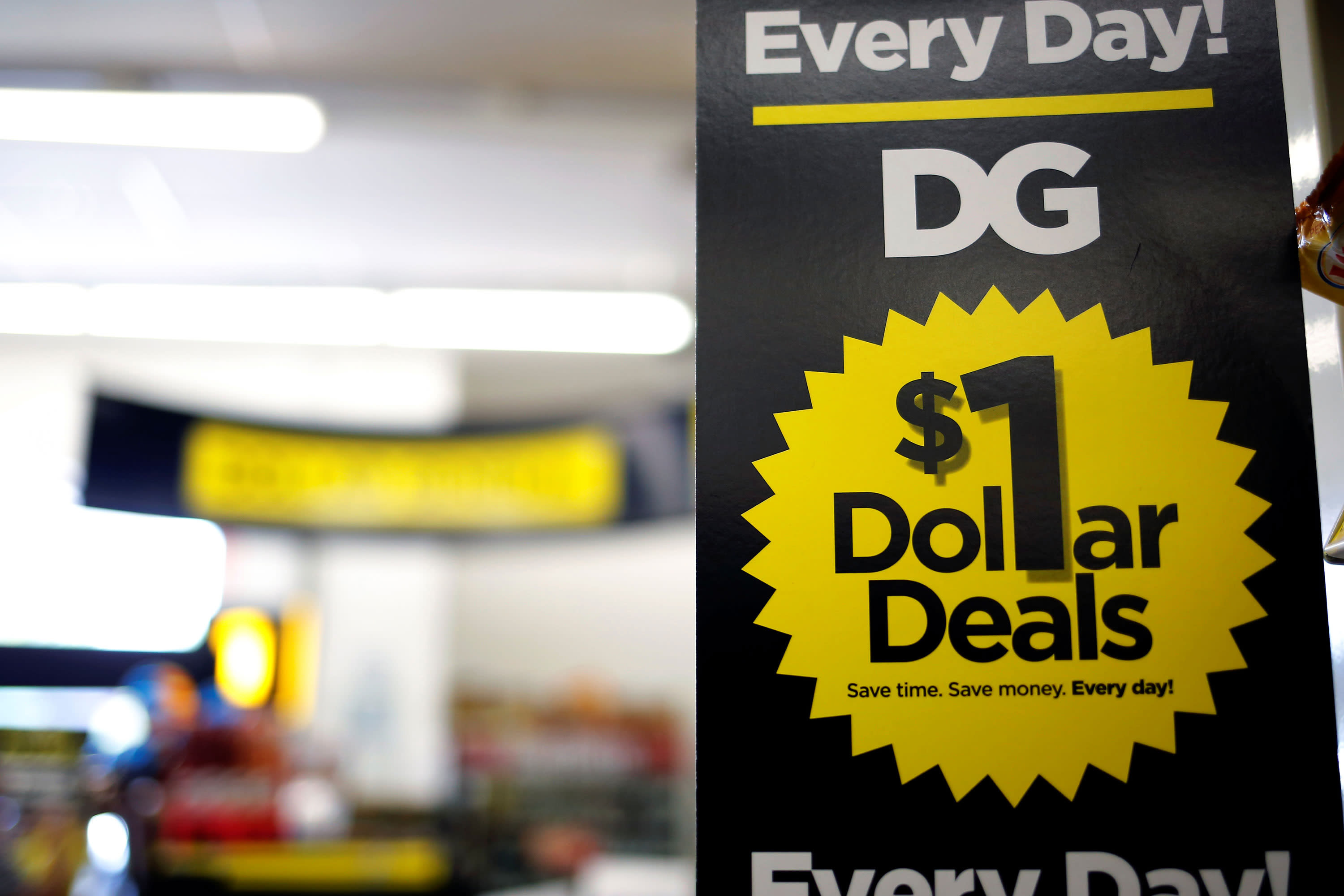Products You May Like
Global supply chain issues, record job losses and high inflation have shoppers looking for a bargain. That’s good news for discount dollar stores—they’re proliferating faster than any other retailer.
In 2020, there were more than 34,000 dollar stores across the U.S. Popular chains include Dollar Tree and Family Dollar (both owned by Dollar Tree), Dollar General, 99 Cents Only Stores and Five Below. The biggest companies — Dollar General, Dollar Tree and Family Dollar — make up almost half of new store openings in the US.
But the massive growth hasn’t come without criticism. Opponents argue that the rash of new discount stores opening in poor communities give their residents limited access to fresh produce.
On the business side, high inflation and supply chain issues are beginning to weigh down on margins. In the second quarter of 2021, same-store sales at Family Dollar, Dollar Tree and Dollar General dropped significantly from the previous quarters.
Even with weighing margins, the discount chains do have ways of adapting to keep prices low for consumers. Given the harsh economic conditions, analysts say they see no signs of dollar-store growth ebbing. The question is, how can they reinvent themselves to address their critics and improve their sales picture?
